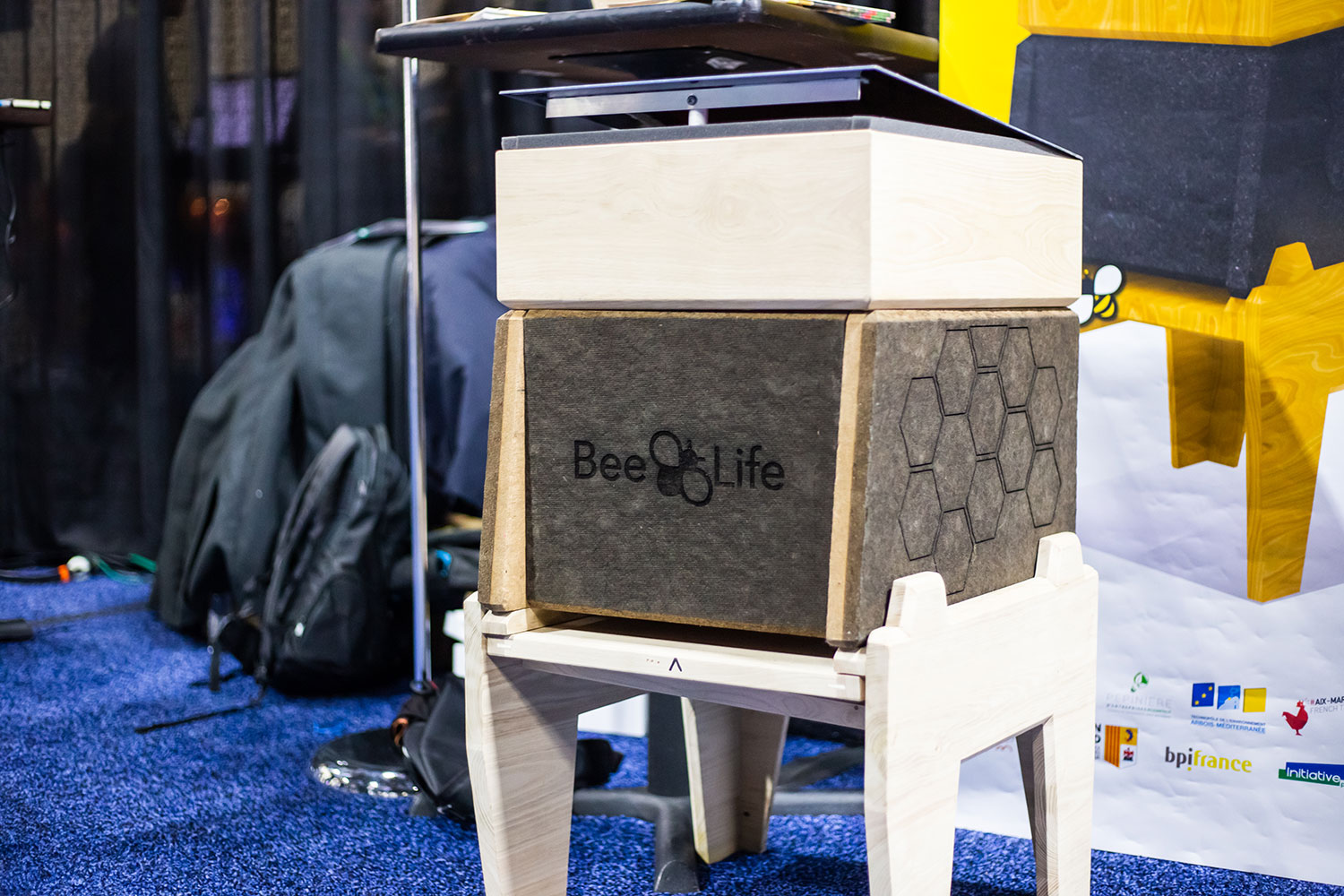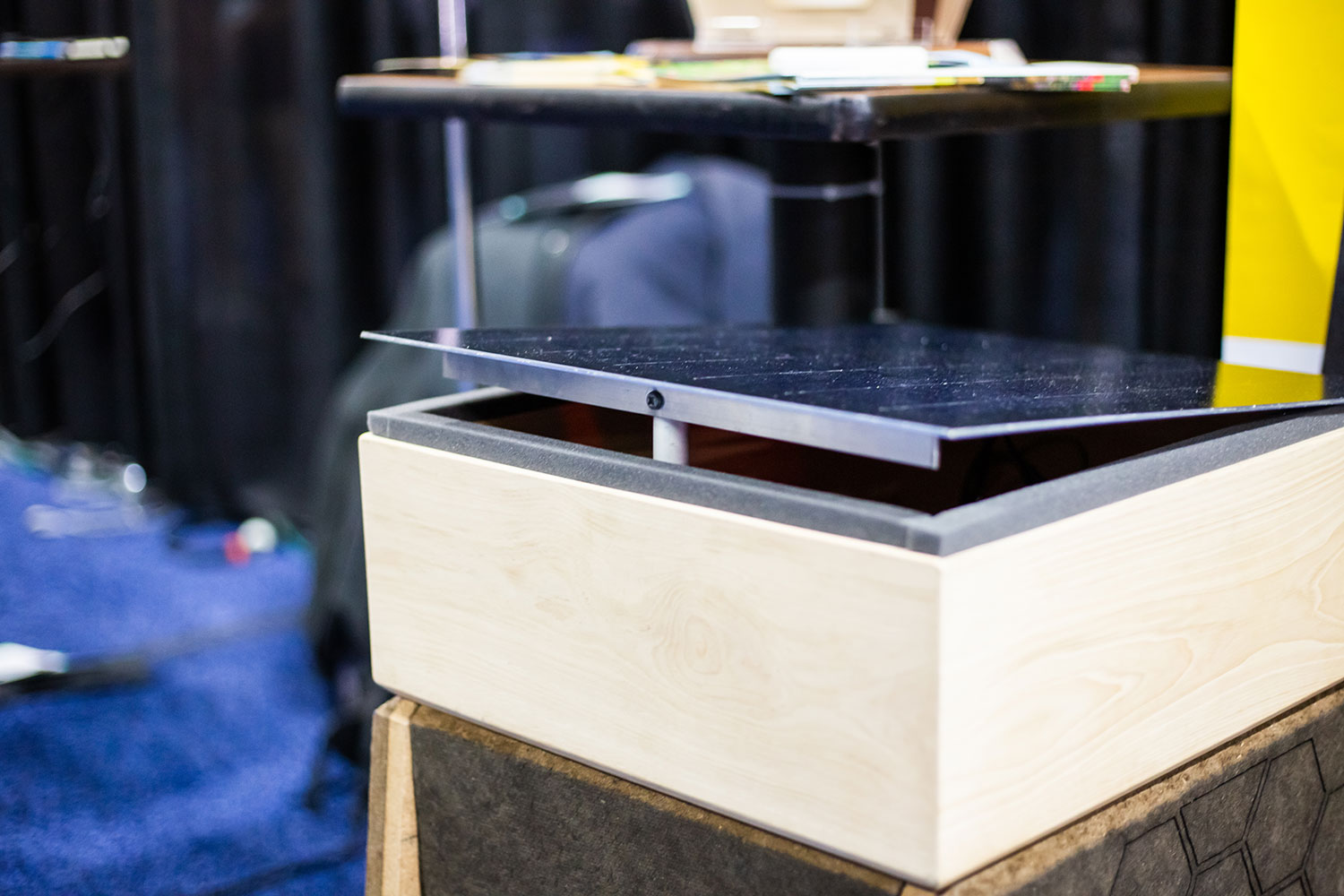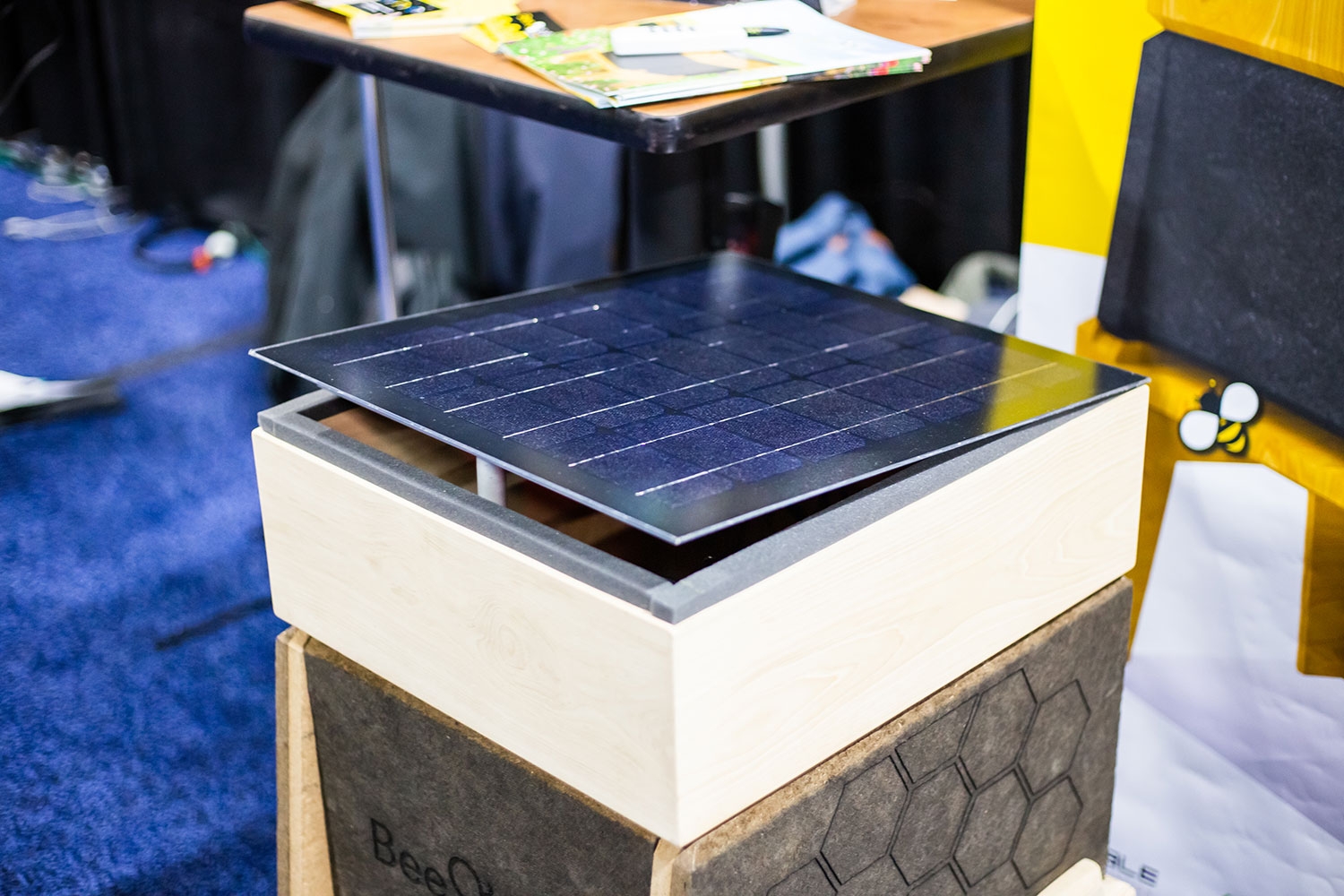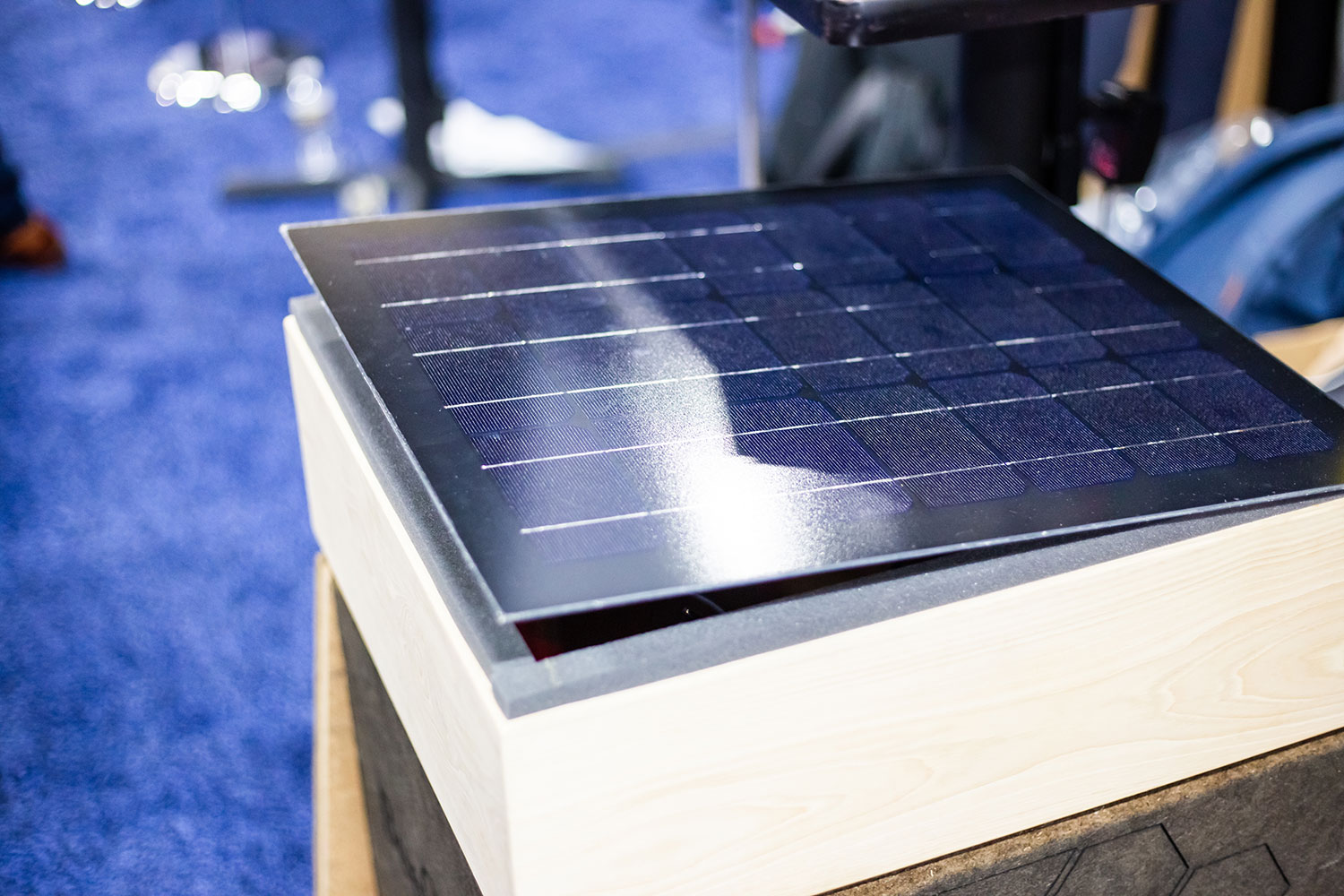Bees are an essential part of human civilization. Without them, many of our crops wouldn’t get the pollination they need to grow, and we’d have a much harder time feeding the world’s growing population. But bees have a problem. Multiple problems, in fact. In addition to all the pesticides and inbreeding and other stress factors we humans subject them to, bees also have another issue to deal with: parasitic mites.
More CES 2019 coverage
- Our CES 2019 Hub: The latest news, hands-on reviews, and more
- This futuristic autonomous pod hotel drives you around as you sleep
- Sphero’s Specdrums let you drum up a symphony of sound with colors
- Food 2.0: Impossible Foods is back with a bloody new non-beef burger
Varroa Destructor mites, as they’re called, are to bees what bed bugs are to humans — but way worse. First of all, unlike bed bugs, which are relatively small compared to humans, Varroa mites are only marginally smaller than bees themselves. Imagine what it would be like to have a half dozen grapefruit-sized parasites clinging to you, sucking your fat cells, and transferring RNA viruses into your body that can cause genetic deformities. That’s what it’s like to be a bee living in a Varroa-infested hive.
To make matters worse, bees also have no way to defend themselves against the mites, so the invaders are often free to reproduce, unchecked, until beekeepers intervene. And even then, getting rid of them is easier said than done.

Once the mites are attached, they’re nearly impossible to eradicate without also destroying hives, placing infected colonies into quarantine, and delaying seasonal pollination routines. Pesticides can help, but in addition to being costly and tricky to administer, mites can sometimes become resistant to them.
All hope is not lost, though. Thanks to a clever new contraption on display at CES this year, beekeepers might soon have a new weapon in the fight against Varroa mites.
The Cocoon, as it’s called, is a high tech beehive designed specifically to thwart Varroa. It does this by taking advantage of what’s perhaps one of the mite’s only weaknesses: heat. While bees can withstand relatively high temperatures (likely an evolutionary necessity for surviving in hotter areas of the world), Varroa mites will die if subjected to temps above 108 degrees Fahrenheit (42C) for a few hours.
To exploit this vulnerability, the Cocoon hive uses a top-mounted solar panel to power a heating system that gradually brings the hive’s interior temperature up to a balmy 108 degrees — thereby murdering the invading mites en masse. It’s apparently quite effective, and eliminates the need for beekeepers to spray their swarms with harsh pesticides.
To be fair, this isn’t the first hot hive design we’ve ever laid eyes on, but unlike previous takes on this idea, the Cocoon also has a few more high-tech tricks up its sleeve. It can also cool the hive during excessively hot summer months, monitor hive activity, and even sound an alarm if somebody tries to steal the hive — which is apparently something that’s increasingly common these days.
The only downside, of course, is that these high-tech hives don’t come cheap. According to Cocoon’s creators, the hives will retail for somewhere around $950 apiece when (and if) they hit the market in late 2019. That exorbitant price tag will likely be a turn-off for industrial beekeepers, but the device could save them money in the long run by eliminating the need for Varroa-specific pesticides, and also by reducing bee losses.

For now though, the Cocoon hive only exists in prototype form. Before anybody can buy it and before it can have any impact on the world’s ongoing bee crisis, its creators need to secure funding for mass production.
Company representatives we spoke to at CES hinted that a crowdfunding campaign might be in the works for later this year, so keep an eye out on Kickstarter and Indiegogo as we move deeper into 2019.







